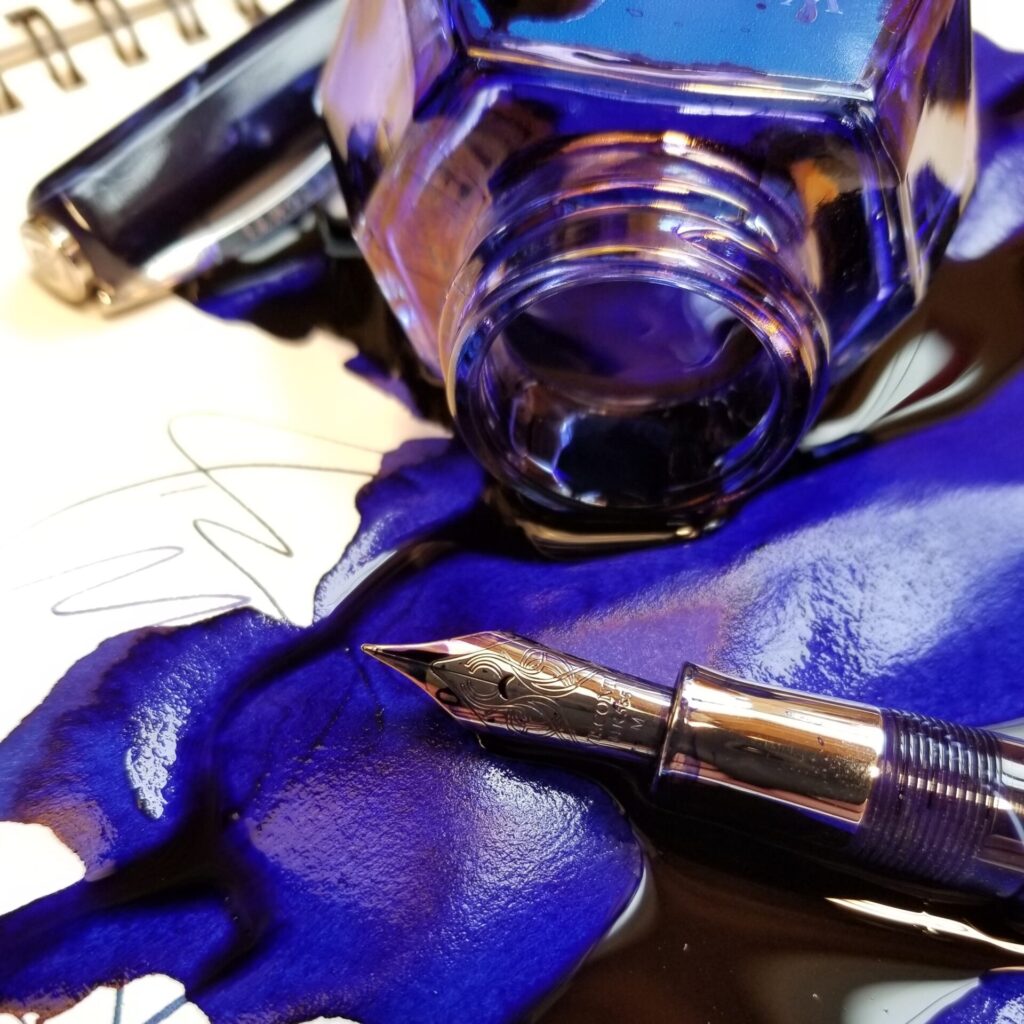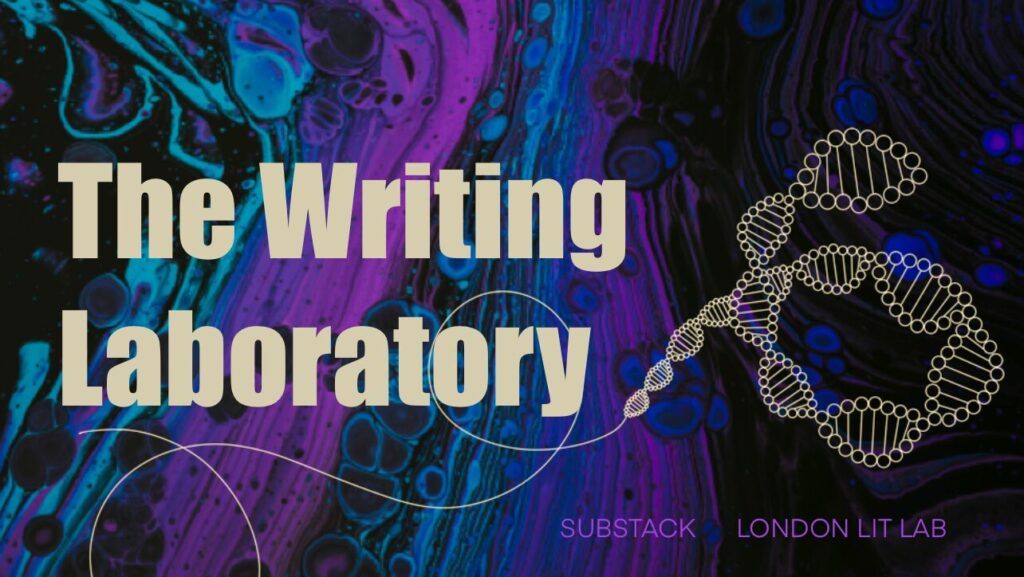What were your writerly beginnings?
I came to writing by accident. In my role as a clinical psychologist, I wanted to write about a particular patient group for other psychologists in a professional magazine. I decided to write a fictional account with the point of view of the patient to make it more interesting. I later learned that very short stories like that were called flash fiction. I entered a competition for fun and was a finalist – I was hooked from then! Writing and editing such short work fitted really well around a busy family life with children who have additional needs and going to work in the NHS. There’s a great flash fiction community on Twitter and plenty of publication opportunities to maintain motivation.
Why do you think it’s important to fully develop your character’s psychologies?
I think characters are more like to resonate with readers when there is psychological consistency and authenticity. It’s a kind of shorthand about what it’s like to be human. The challenge of flash fiction is that so much goes unsaid, so key aspects of character and change must be carefully chosen. It’s easier to select the most salient aspects if you understand the character’s internal world.
Why does play take such a crucial role in the writing process?
I think all fiction writing is an act of play! It requires the writer to be creative, move ideas around, choose between endless possibilities in both story and word choice. I think the fact I used play therapy with children as a clinical psychologist helped me to see those links. By taking a more deliberate approach to playfulness as part of the writing process, I’ve experienced how this helps to generate new and exciting work that isn’t so constrained by habit and unconscious barriers.
What publication of yours should we direct people to read, can you tell us a little bit about it?
My first collection of short fiction The Peculiarities of Yearning will be published by Reflex Press on 25th May 2022. I’ve purposefully collected those pieces of writing that are on the more unusual or playful side to sit alongside each other. I think that taking that side step away from the world as we know it lowers our defences so that we actually can take a closer look at our real life reactions, beliefs and yearning. One example from this collection that was published in the Mechanics Institute Review (in my former surname) uses magical elements to show the part of grief that is rarely ‘allowed’ in our culture – anger. Stephanie Hutton: What to do when you can’t do anything (bookanista.com). The soon-to-be bereaved mother’s unusual actions show her fantasies that I think a reader can relate to. This could be heavy-handed in a short story or novel length but flash form permits you do be free to experiment.
What project are you currently working on?
I’m working on two books currently. One is my second novel and takes a playful approach in the chapters that are narrated by a child. The other project is non-fiction – my second workbook for writers. This focuses on the ‘writer-self’ and what we can learn about ourselves through examining the content and process of our own writing.
Stephanie Carty 26.04.22


